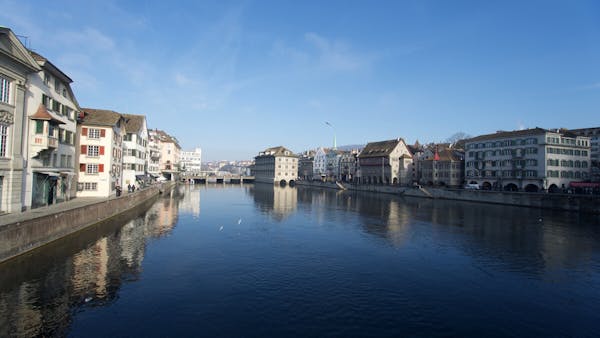THE REFORMATION BEGINS IN SWEDEN
Germany had a significant influence on the Scandinavian countries of Norway, Sweden, and Denmark politically, socially and spiritually. They could all trace their lineage back to the same Teutonic tribes that occupied Europe in the wake of the disintegration of the Roman Empire. In addition to that, they were trade partners and many native Germans had migrated to the region and were scattered throughout Scandinavia. When Wittenberg rose to fame much Scandinavian youth opted to study there and were greatly influenced by Luther and Melancthon. It was this influence that would spark the Reformation in Scandinavia and transform the entire region into a Protestant stronghold.
Sweden became part of the Roman Catholic church in the 12th century and when the 16th century dawned was loyal in its allegiance to Rome. In 1515 Leo X sent his legate Johannes Arcimboldus to sell indulgences in both Denmark and Sweden. Arcimboldus was Tetzel’s Scandinavian counterpart and managed to extract over a million florins from the purses of the faithful for the purpose of refurbishing St Peter’s Basilica. The cost of the extraction though, far exceeded the spoils of it, because the people were utterly fed up with the money-grubbing legate and his pecuniary antics. The entire episode caused the tide of popular opinion to turn against the church thereby creating a more favorable environment for the introduction of Protestantism in the region.

